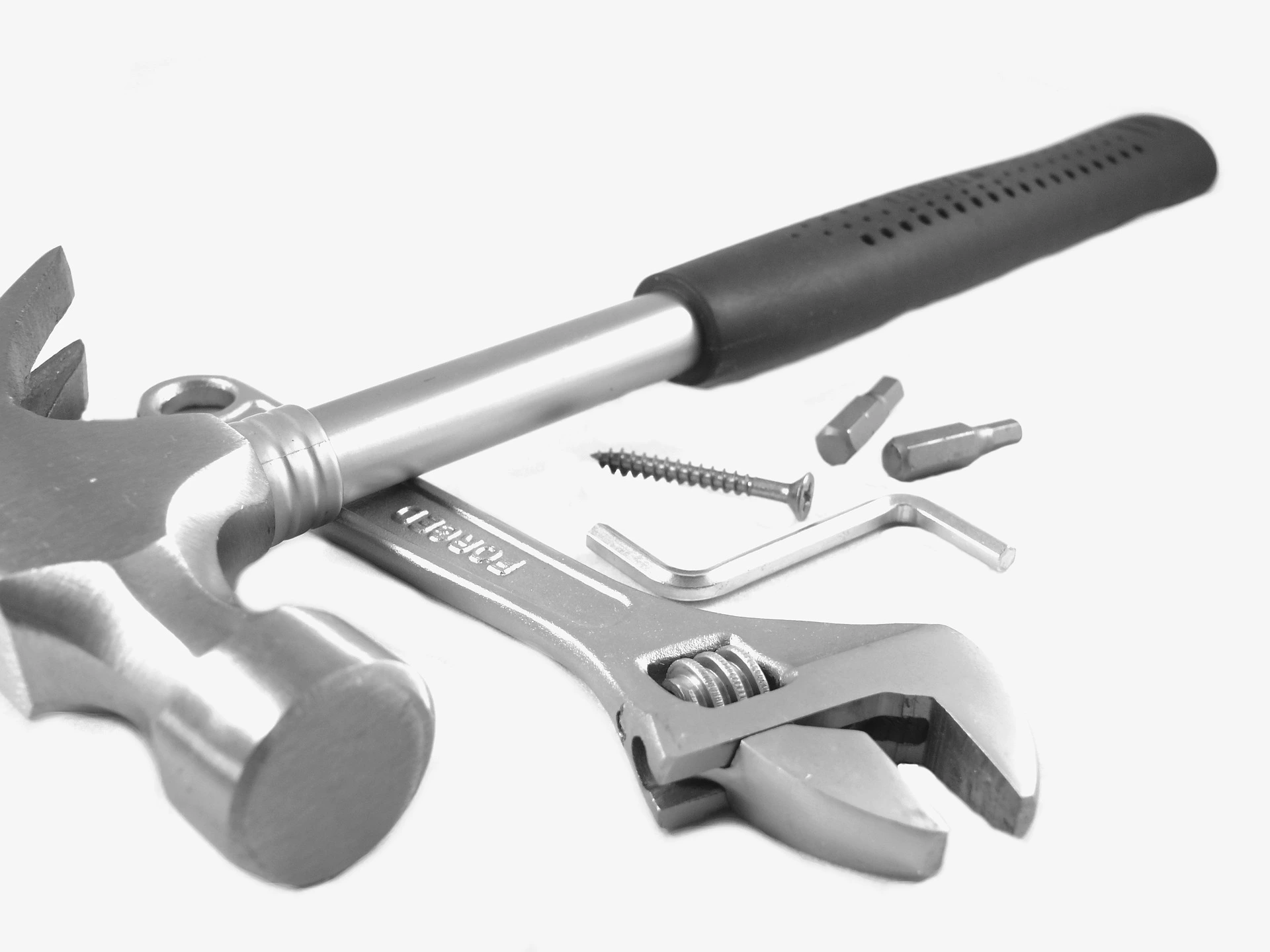
Machine translation, translation or ‘CAT’ tools, term bases and translation memories are technical aids that make the translation process cost-effective, while also ensuring that as a company and brand owner, you communicate accurately and consistently on all your markets.
In the language services industry, digital translation tools are just part of the job. But what actually is a translation tool, what does CAT mean, what’s the difference between a translation memory and a term base, and are translation tools and machine translation the same thing?
Gabriella Rudström is the former COO at Comactiva Language Partner, a professional provider of high-quality translations for commercial channels, based in Gothenburg, Sweden.
Every day, on hundreds of markets around the world, translations are delivered that strengthen brands.
“It’s important to us that all our clients achieve the optimum impact with their translations. Our aim is always to enable them to communicate effectively on every market where they want to be seen and grow their business.
We’re always happy to share our expertise around translation tools and efficient translation processes,” says Gabriella.
What is a ‘CAT’ tool?
Translation tools – also known as CAT or Computer Assisted Translation tools – are used by most professional translators. Some of the most widely used ones are Memsource/Phrase, SDL Studio and MemoQ. These tools may include various components such as translation memories, term bases and machine translation functions.
What is a translation memory?
A translation memory is essentially a database of sentences (known as ‘segments’) translated previously for a particular client, or on a particular subject, in a particular language combination.
The next time a translation is ordered by the same client, the CAT tool identifies any segments that have been translated previously, whether in full or in part and suggests the translation to the translator. (These are called ‘matches’.) The translator can then re-use the matched text or edit it as required.
This reduces the cost for the client, and can also speed up the delivery time. Computer Assisted Translation is not to be confused with machine translation: with CAT the text has been translated previously by a human and is simply being re-used.
A CAT tool also automatically translates any repeated text within the same document, again saving time and also ensuring consistency throughout the text. A translation memory will only suggest translations for closely matched segments, not individual words.
There is, however, a ‘concordance’ function; this allows the translator to search for individual words or phrases, and see whether and how they have been translated previously.
What is a termbase?
A termbase is simply a database of terms. If a text is being translated for a sector with a particular terminology, it is worth linking a termbase to the CAT tool.
A termbase can either be imported from a simple Excel worksheet which shows terms in two or more languages, or the translator can add terms while they’re translating.
The terms can then be exported into a list format for the client to approve. Once approved, the term bases can be used in all the client’s translation projects. As soon as a term appears in a text, the translator can see what term should be used in the target language.
Definitions and comments can also be added to a term, for example where a certain product is known by one term, and another similar product by another term (such as ‘desk’ and ‘table’).
Forbidden terms can also be added where a particular word or phrase must not be used, e.g. for legal reasons. The CAT tool then warns the translator not to use this term in the target language.
If your company works actively with SEO, it is also possible to create special SEO term bases, where a keyword in the source language is linked to the right keyword in the target languages.
Our recommendation here is that you bring in an SEO specialist for your keyword strategy, and then work with your language partner to establish keywords in each of your required foreign languages.
At Comactiva, we work closely with SEO specialists and use SEO term bases to ensure the best possible process for dealing with SEO translations.
When is machine translation helpful?
CAT tools can also be linked to machine translation on request. Machine translation can be very useful if large volumes of text are to be translated in a short time, or if an internal document just needs to be understood and not published.
The kind of machine translation embedded in professional CAT tools is generally far more sophisticated than Google Translate, and uses different sources such as DeepL and other ‘neural translation machines’.
Rather than translating words individually, these systems analyse entire sentences and try to predict the most likely word choices for each sentence.

Machine translation is useful on occasion, but if it has not been quality controlled and contains errors, it can damage a brand.
Benefits of digital CAT tools
Consistent, harmonised communication builds credibility, which in turn strengthens your brand on the markets where you want to grow. Choose a professional language partner that uses powerful CAT tools.
It may be a good idea to choose a long-term partner that can manage the large amounts of data that build up in your translation memories. This will speed up deliveries and reduce costs.
Along with term bases, translation memories ensure you communicate correctly, consistently and cost-effectively.
Read more about Comactiva’s Language Services here.

Professional human translators who work with modern CAT tools deliver the best high-quality translations in the shortest time.
Contact us for a free assessment of your translation process
Contact us
